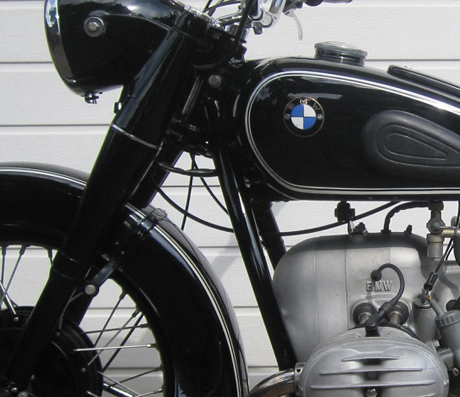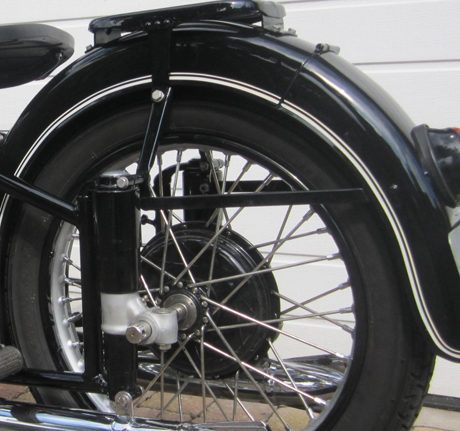Please click following links:
- Customer Service (Help us to help you)
Used parts:
we no longer supply used parts, unless a used part is listed in the webshop and is in stock.
The prices of used parts have risen in recent years to such an extent that it is no longer attractive for us to buy and sell them.
Used parts can be found on various Facebook forums and Ebay.
For EU customers only:
from July 1, 2021, the VAT rules in the EU have changed: previously the country of dispatch was decisive for the VAT percentage.
This has now changed: the country of destination determines the VAT percentage.
This means that you will only see the correct VAT percentage when you are logged in or when you check out.
We regularly hear from customers that they do not receive order confirmations or an answer from us by email.
This has to do with the fact that our .com email addresses are often blocked by spam filters. If you are waiting for an answer, please first check your spam folder.
Shopping carts have a limited storage time. We make a weekly backup of all shopping carts: if your shopping cart is unexpectedly empty, please contact us.
Paypal Payments:
As of March 5 - 2020, Paypal has changed its Cost Refund Policy: when we (partially) refund a Paypal payment, we will deduct the initial Paypal fee as Paypal will not refund it to us either.
New Products
-
Bevel gear set 25:8
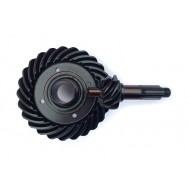 Excl. Tax: €614.10 Incl. Tax: €743.06
Excl. Tax: €614.10 Incl. Tax: €743.06 -
Brake lever for foot brake pedal
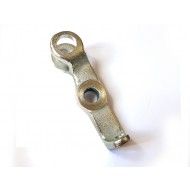 Excl. Tax: €43.65 Incl. Tax: €52.82
Excl. Tax: €43.65 Incl. Tax: €52.82 -
Crankshaft sprocket
 Excl. Tax: €248.65 Incl. Tax: €300.87
Excl. Tax: €248.65 Incl. Tax: €300.87 -
Dunlop saddle cover G400
 Excl. Tax: €196.50 Incl. Tax: €237.77
Excl. Tax: €196.50 Incl. Tax: €237.77
-
Float needle - rubber tip, Bing 47-030 (new model)
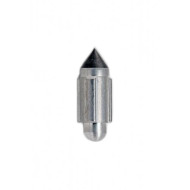 Excl. Tax: €16.20 Incl. Tax: €19.60
Excl. Tax: €16.20 Incl. Tax: €19.60 -
Grease cover rear suspension, repair part, R51/3 - R68 ►see details
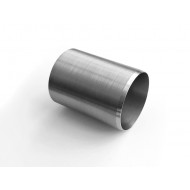 Excl. Tax: €19.95 Incl. Tax: €24.14
Excl. Tax: €19.95 Incl. Tax: €24.14 -
Metal cover piece in rear fender ►see details!!
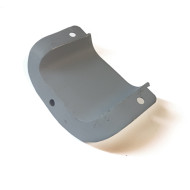 Excl. Tax: €45.00 Incl. Tax: €54.45
Excl. Tax: €45.00 Incl. Tax: €54.45 -
Rubber grommet in headlamp
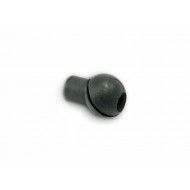 Excl. Tax: €4.15 Incl. Tax: €5.02
Excl. Tax: €4.15 Incl. Tax: €5.02

